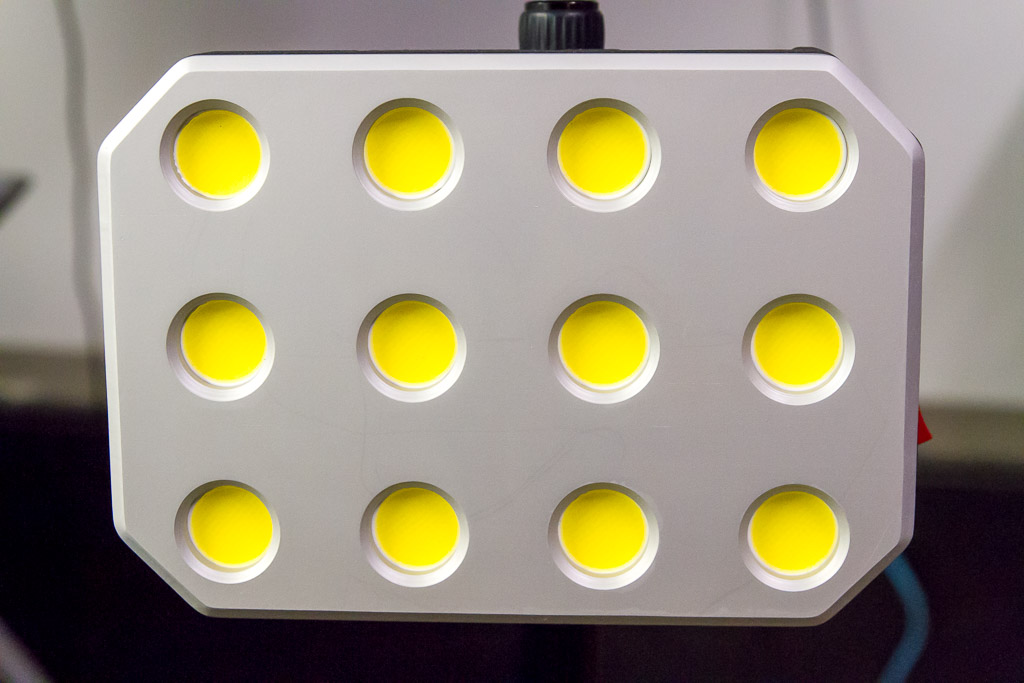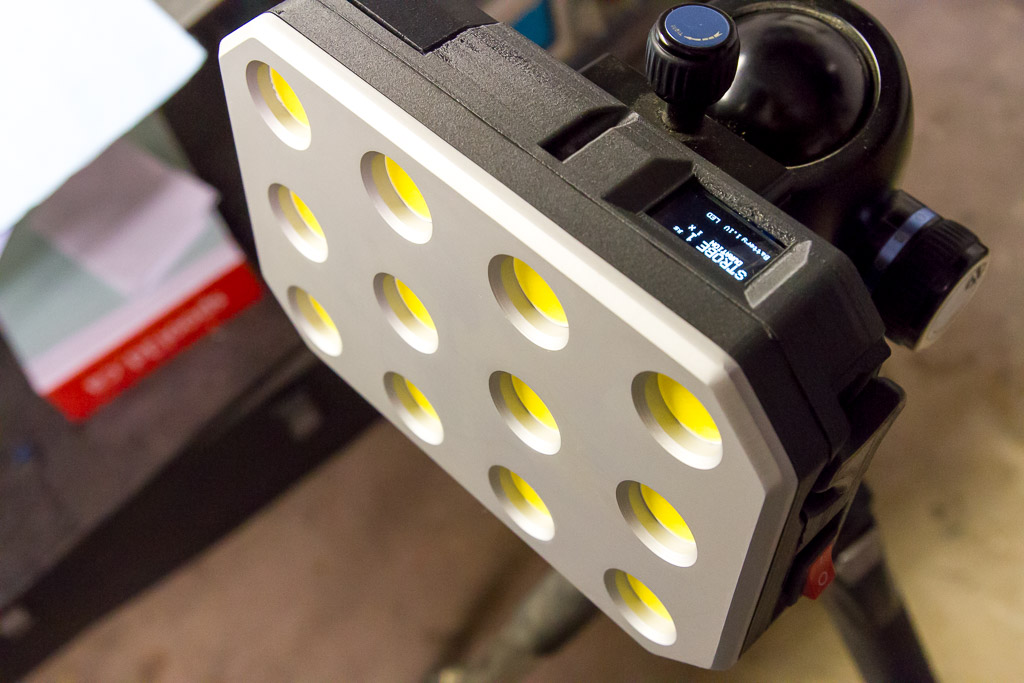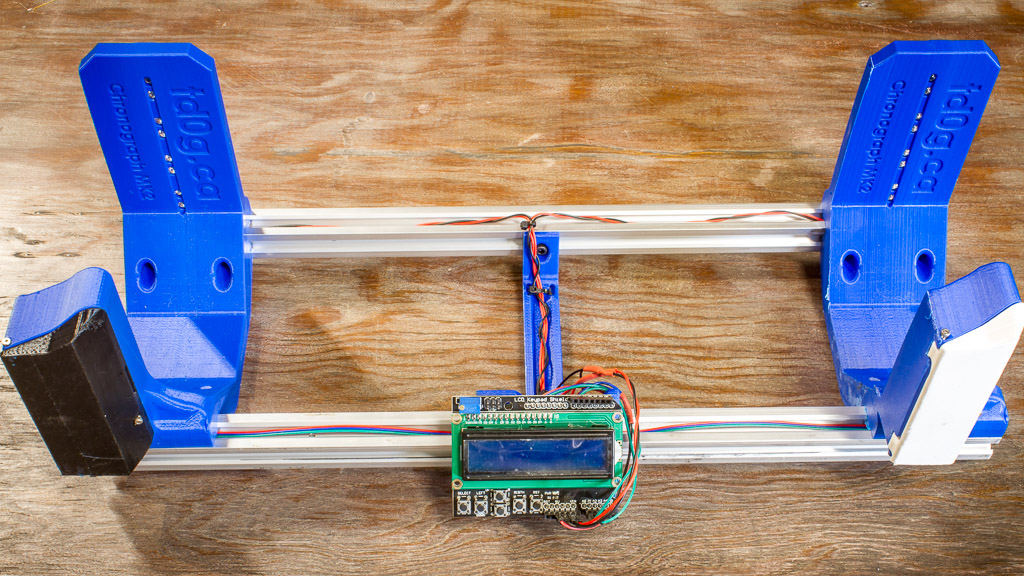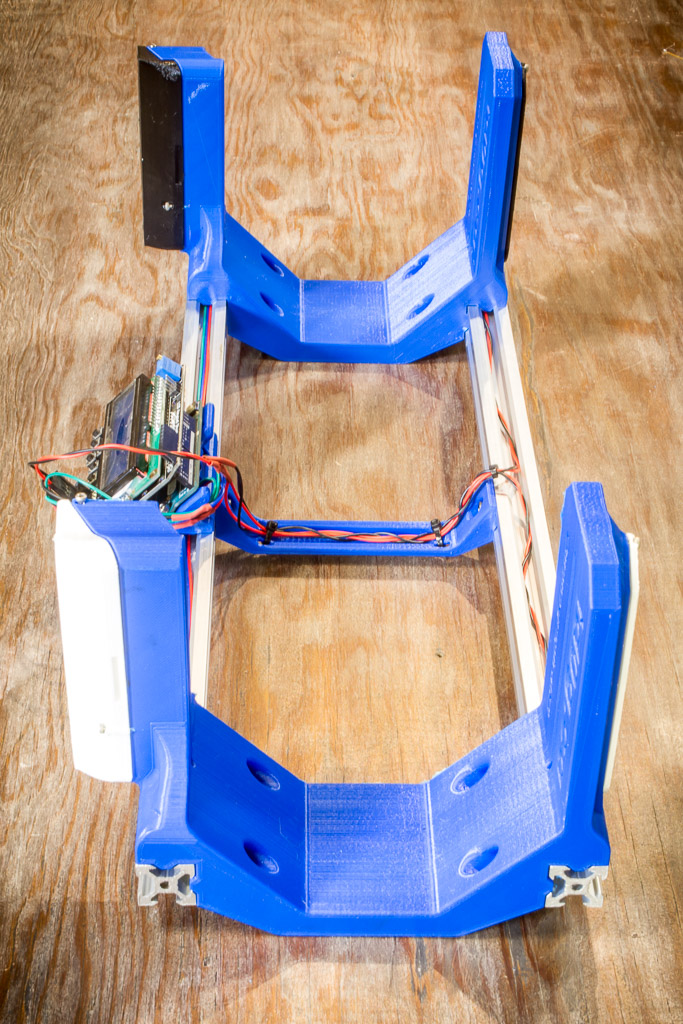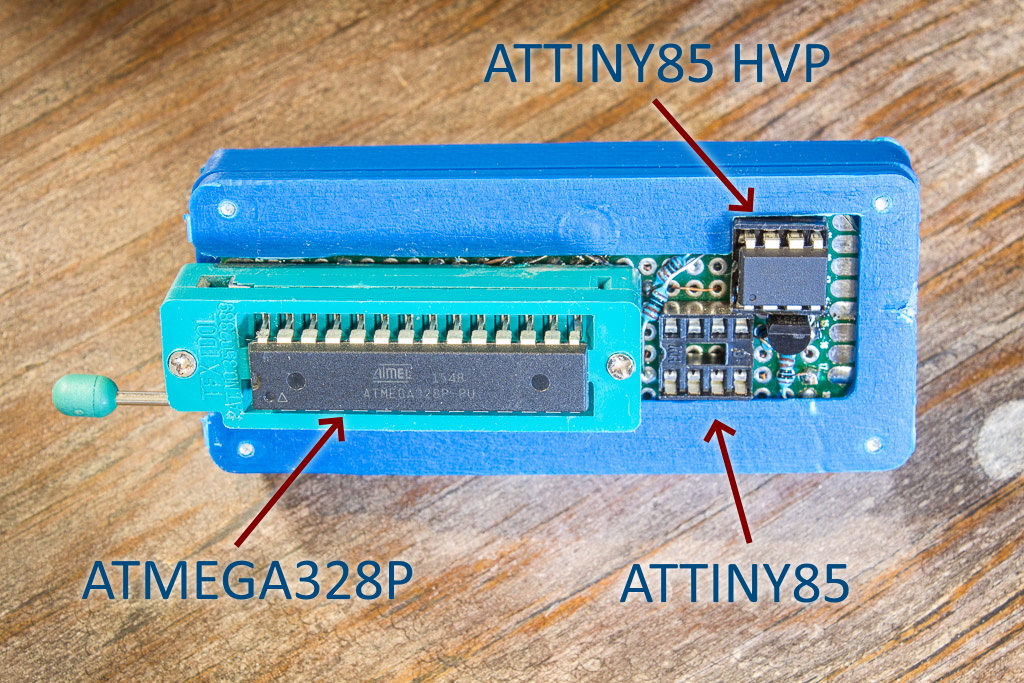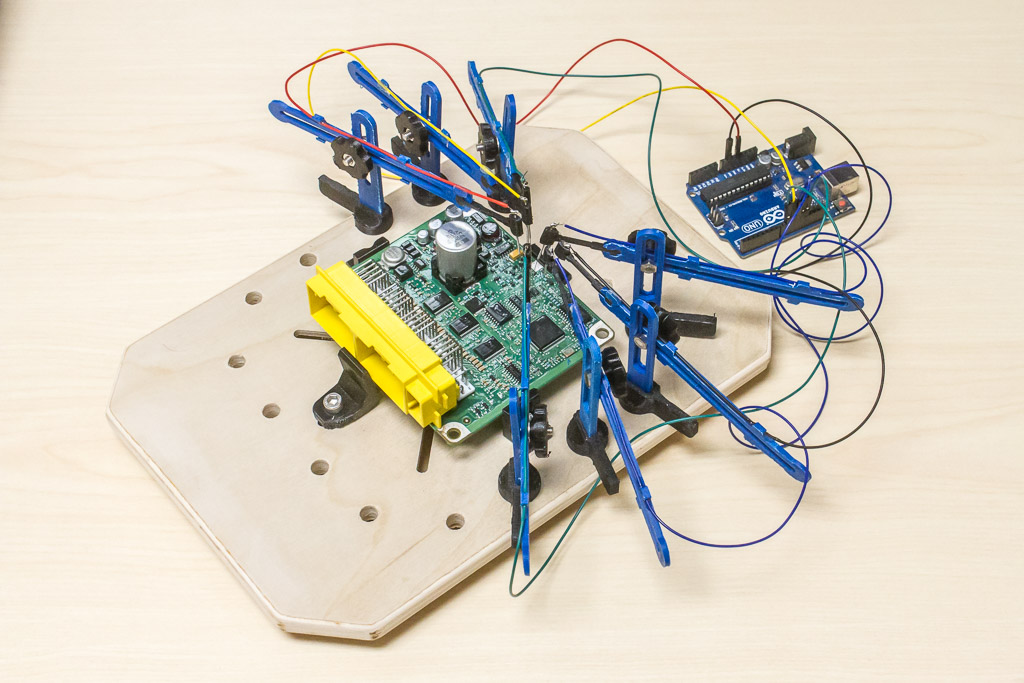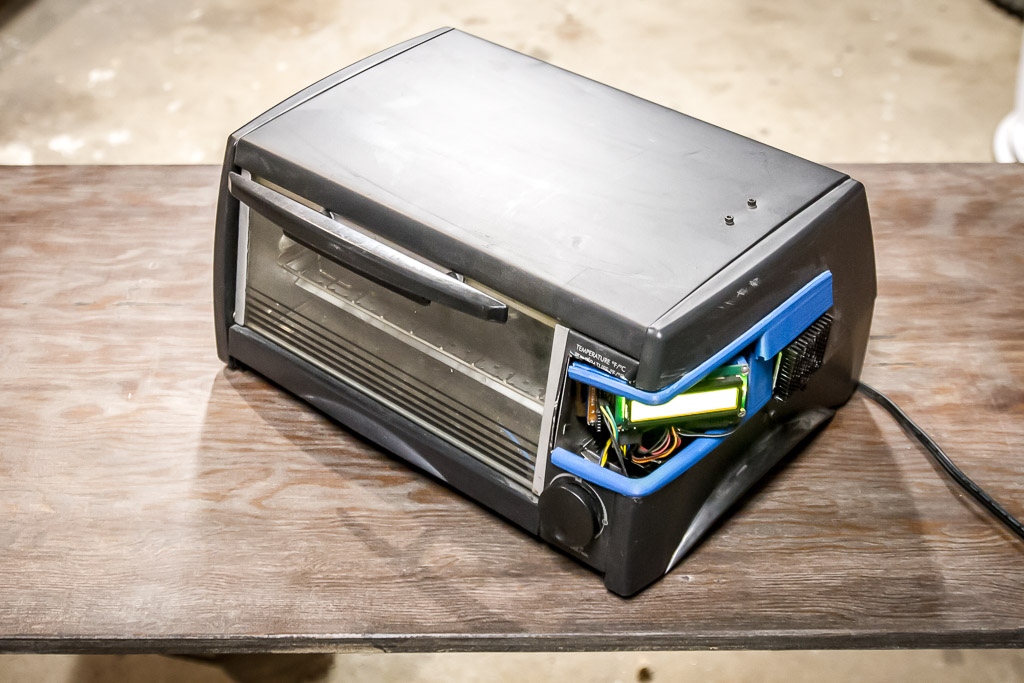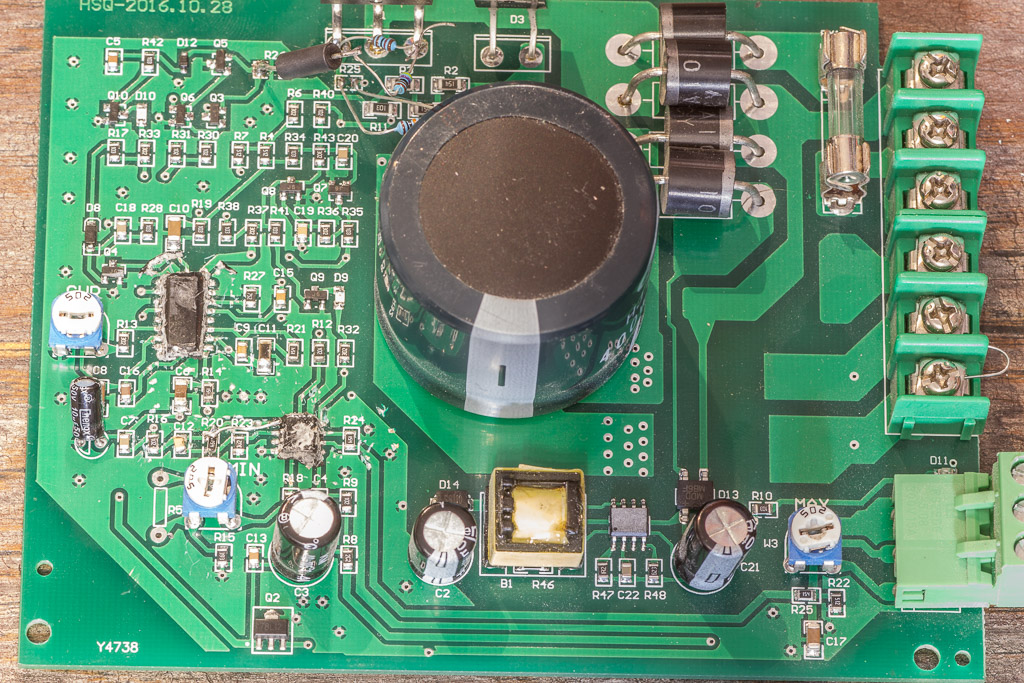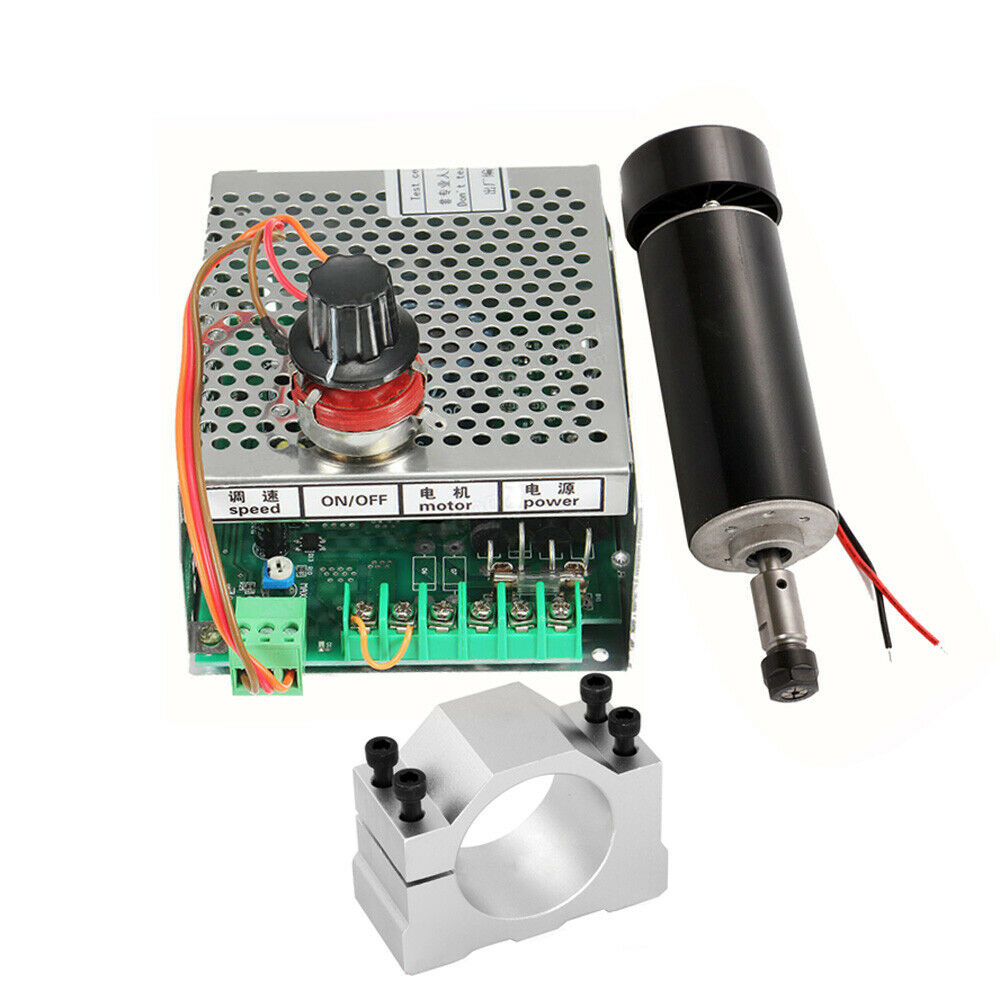Using Speedlight Strobes for High-Speed Photography
Thanks to various sources on the internet, I learned that speedlight strobes are fairly fast but not quite fast enough to truly freeze a bullet. Speedlights work differently than studio strobes in that the flash exposure is controlled by the amount of time that the IGBT is turned on and current is flowing through the xenon flashtube. So the best power level for high-speed photography is the minimum power setting, typically 1/128.
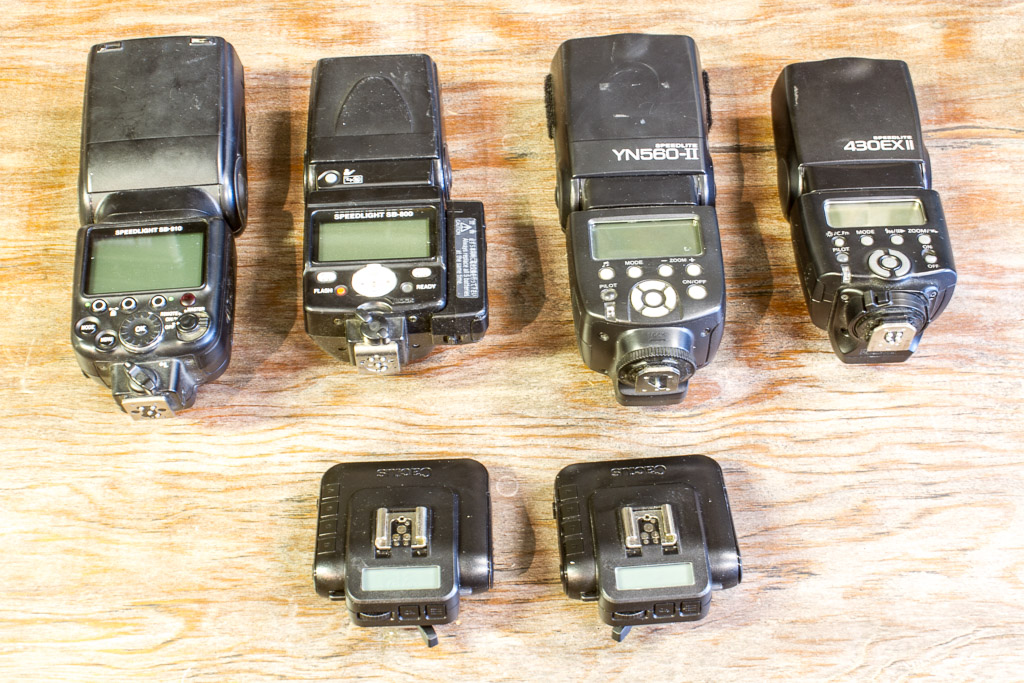
However, during the TTL pre-flash, speedlight strobes will emit an even shorter flash pulse! This extra-short flash is not an available setting, but Cactus appears to have figured out how to command an extra-short flash and their V6 transceiver has an option for extra-quick strobe duration: LO.
In an effort to find the best speedlight strobe for high-speed phtogoraphy, I tested four Speedlight strobes (Nikon SB-910, Nikon SB-800, Yongnuo YN-460 II, and Canon 430EX-II) both with AND without the Cactus transciever. The bottom line still remains: an LED flash still outperforms any speedlight strobe in terms of speed!

